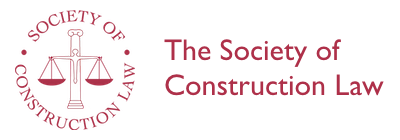Construing Construction Contracts: Principles, Policies and Practice
Nicholas Baatz QC
December 2010
A paper based on talks given to meetings of the Society of Construction Law in London on 2nd December 2008, Sheffield on 16th June 2009 and Birmingham on 25th February 2010
In Chartbrook v Persimmon Homes in 2009, the House of Lords revisited an apparently theoretical but in fact intensely practical area of the law: what techniques to use in order to interpret contracts and other legal documents where the parties are in dispute about their meaning? The case adds significant further information to the principles newly adopted in English law, principally at the initiative of Lord Hoffmann, in the Investors Compensation Scheme case in 1998; and offers additional flexibility on the courts' part towards looking outside the text of a legal document in order to decide its meaning. The Lords at the same time took a fresh look at 'the parol evidence rule' and at the situations where a court may rectify an agreement for common mistake.
Introduction - ICS v West Bromwich - How widely does this apply? - Chartbrook as a development of the ICS approach - Chartbrook: the language, context (and bargain?) - Chartbrook and the parol evidence rule - Rectification after Chartbrook - Conclusions.
The author: Nicholas Baatz QC is a barrister at Atkin Chambers, London. He also acts as an arbitrator, adjudicator and mediator.
Text 25 pages.
